The gastronomy of Dominican Republic is a captivating journey through a country’s history, culture, and geographical diversity. Located on the eastern side of the island of Hispaniola in the Caribbean, the Dominican Republic boasts a culinary tradition deeply rooted in its indigenous Taino heritage, Spanish colonization, African influences, and more. From the iconic mangu to the vibrant flavours of sancocho, Dominican food delights the palate with its blend of ingredients, techniques, and history. In this exploration of Dominican cuisine, we will delve into its historical roots, regional diversity, iconic dishes, street food culture, and the challenges and opportunities it faces.
Historical Roots:
Dominican cuisine has deep historical roots that date back to the indigenous Taino people who inhabited the island of Hispaniola long before the arrival of Christopher Columbus. The Tainos cultivated a variety of crops, including maize (corn), cassava (yuca), and sweet potatoes, which remain central to Dominican cooking. Taino culinary techniques, such as roasting on open flames and using traditional herbs, have also left a lasting impact.
Spanish colonization in the 15th century marked the beginning of a culinary fusion that combined European ingredients and cooking techniques with indigenous traditions. The Spanish introduced wheat, rice, cattle, and various spices, transforming the culinary landscape of the Dominican Republic.
African influences arrived with the transatlantic slave trade, contributing ingredients, cooking techniques, and flavours to Dominican cuisine. Ingredients like plantains, okra, and various spices enriched the culinary diversity of the island.
Regional Diversity:
The Dominican Republic’s geographic diversity is a defining feature of its cuisine. The country can be divided into various culinary regions, each with its own unique flavours and dishes. Some of the most notable culinary regions include:
- Cibao Valley: This fertile region in the northern part of the country is known for its agricultural production, including rice, beans, and various fruits. Dishes like sancocho (a hearty stew) and locrio (rice with meat or seafood) are regional favourites.
- Santo Domingo: The capital city is a hub of culinary diversity, offering a range of dining options from street food vendors to upscale restaurants. Iconic dishes like mangu (mashed plantains) and chicharrón (fried pork belly) are popular in Santo Domingo.
- Barahona: This southwestern region is known for its cacao production and its deep influence on Dominican chocolate. Local ingredients and dishes often incorporate chocolate in various forms.
- Cotuí: Located in the northern part of the Cibao Valley, Cotuí is famous for its goat meat dishes. Goat stew and goat cheese are local specialities.
- Eastern Region: This region, including Punta Cana, offers a strong focus on seafood. Dishes like fish with coconut sauce and shrimp mofongo are widely enjoyed.
Iconic Dishes:
Dominican cuisine offers an array of iconic dishes that are cherished both within the country and among the Dominican diaspora around the world. These dishes encapsulate the essence of Dominican food culture. Some of the most famous Dominican dishes include:
- Mangu: Mangu is a beloved Dominican breakfast dish made from boiled and mashed green plantains, often served with onions, cheese, and fried salami.
- Sancocho: This hearty stew is a Dominican classic, featuring a rich and flavorful broth with a mix of meats, including chicken, beef, and pork, along with various vegetables and root crops.
- Locrio: A Dominican-style rice dish cooked with a variety of ingredients such as chicken, pork, or seafood, often seasoned with spices and sofrito (a flavorful base of onions, garlic, and peppers).
- Mofongo: Mofongo is a dish made from fried green plantains that are mashed with garlic and pork cracklings, then formed into a ball or mound and often served with a sauce or broth.
- Chimichurri: Not to be confused with the South American sauce of the same name, Dominican chimichurri is a flavorful condiment used in sandwiches and as a dipping sauce. It typically includes ketchup, mayonnaise, vinegar, and a variety of seasonings.
Street Food Culture:
The Dominican Republic’s street food culture is vibrant and integral to daily life. On street corners and in bustling markets, vendors offer a variety of mouthwatering snacks and dishes. From empanadas and frituras (fried snacks) to fresh fruit juices and coconut treats, street food is an essential part of Dominican culinary life.
Chimis, short for chimichurri, are iconic Dominican street food. These sandwiches consist of seasoned ground meat (usually beef or pork) served on a soft roll with a variety of toppings, including cabbage, onions, tomatoes, and sauces. They are flavorful and convenient, making them a favourite among locals.
Challenges and Opportunities:
Dominican cuisine faces various challenges and opportunities. Modern lifestyles and the influence of fast food have led to a decline in traditional cooking methods and the importance of preserving traditional recipes and culinary techniques. Preserving the authenticity of Dominican cuisine through culinary education and cultural programs is essential.
Sustainability is another important consideration. Encouraging the use of native ingredients and traditional farming methods can help protect the country’s biodiversity while promoting sustainable farming practices. Initiatives that support small-scale farmers and emphasize the importance of local sourcing can help ensure the continued vitality of Dominican cuisine.
In conclusion, Dominican cuisine is a captivating journey through a country’s history, culture, and culinary traditions. From the cherished mangu and sancocho to the vibrant flavours of locrio and mofongo, Dominican food is a celebration of culture, tradition, and the joy of savouring diverse flavours. Whether indulging in a chimichurri sandwich from a street vendor in Santo Domingo or savouring a bowl of fish with coconut sauce on the eastern coast, the essence of Dominican culinary tradition is a testament to the country’s passion for food, culture, and the preservation of its unique culinary heritage.


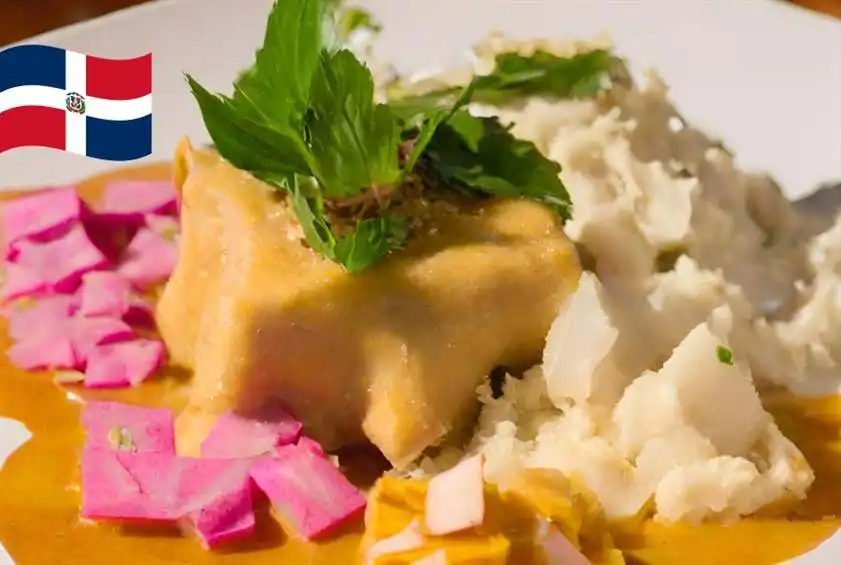



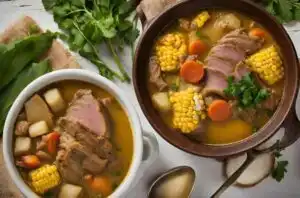


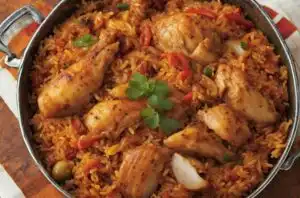
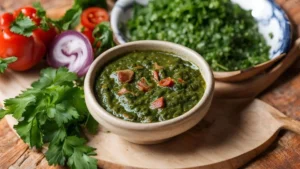



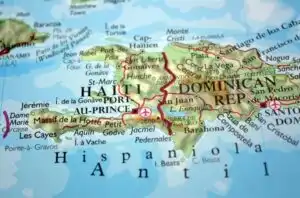
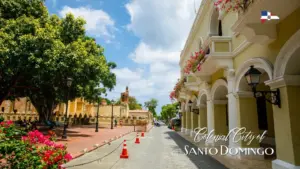
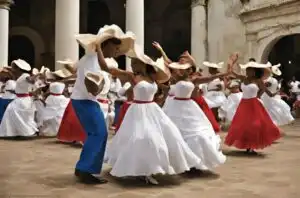




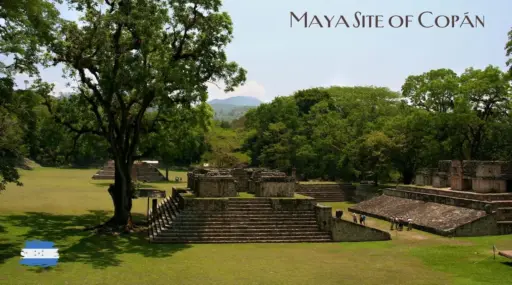
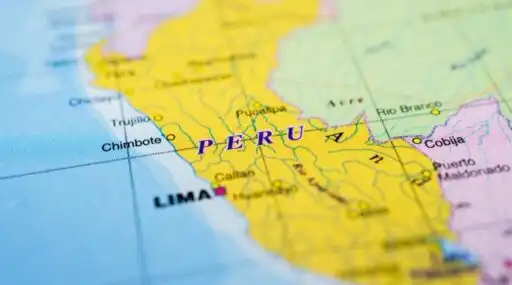

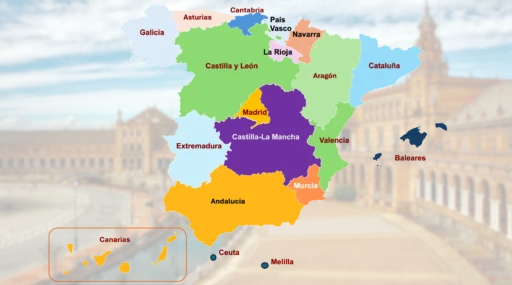
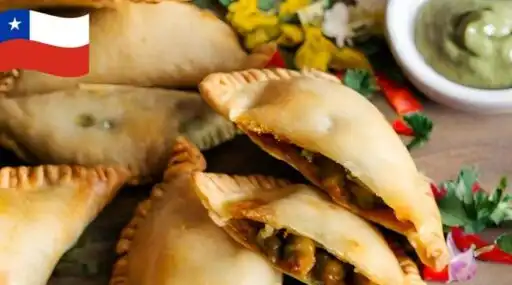
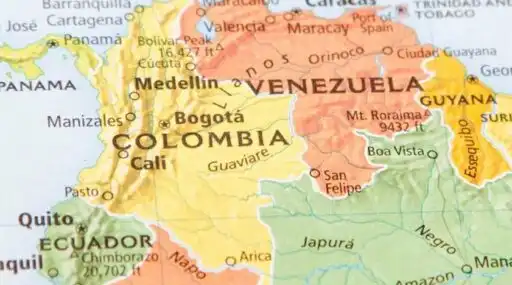
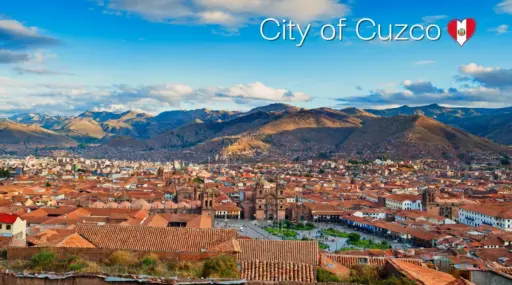

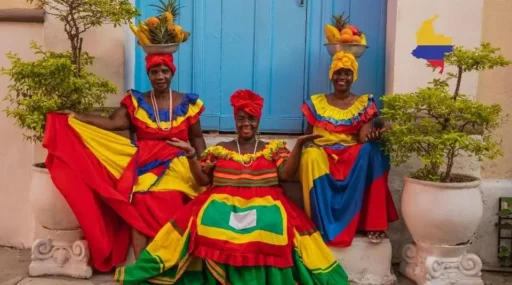
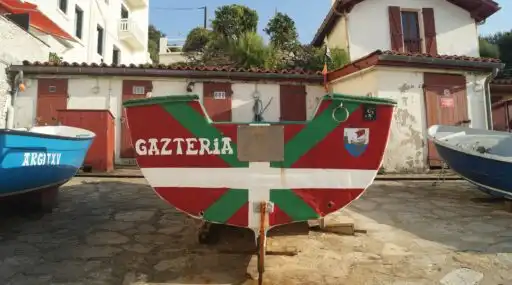

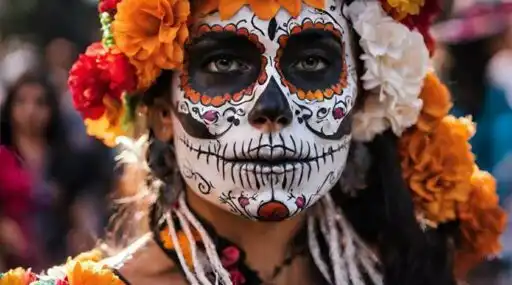
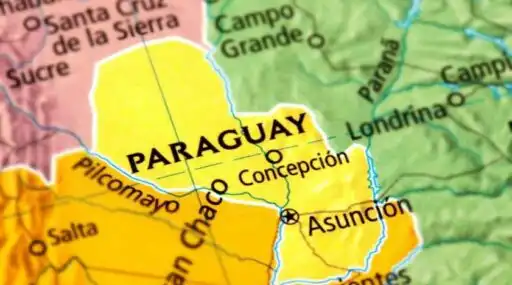



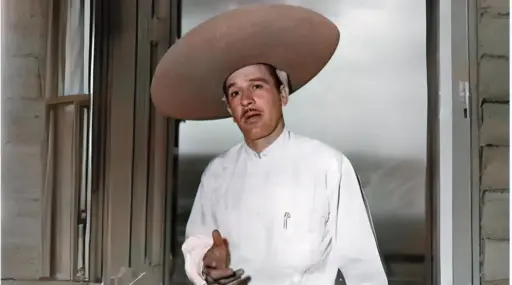
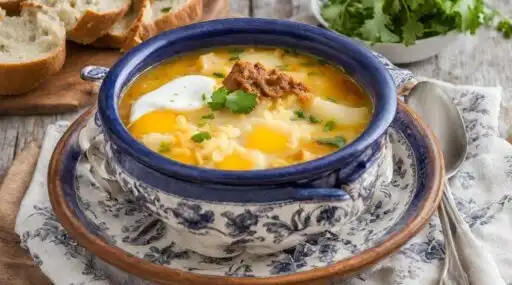

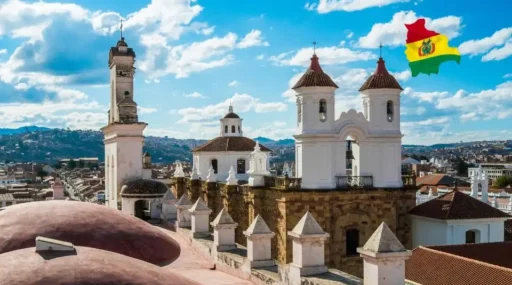




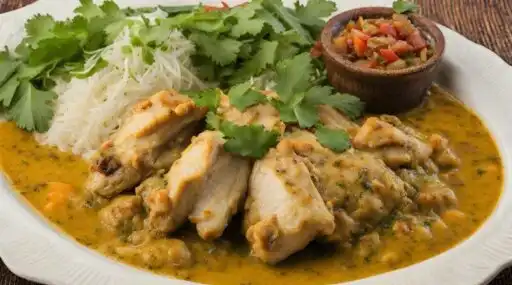

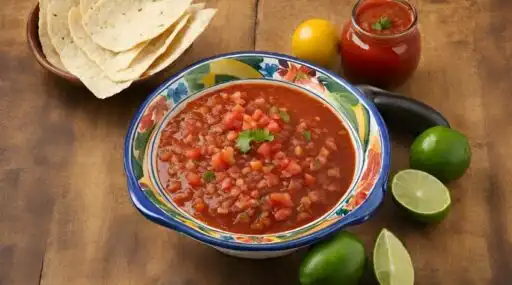

Leave a Reply